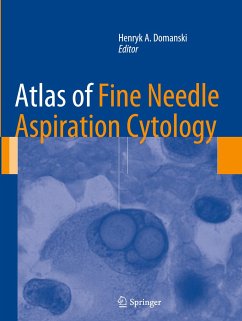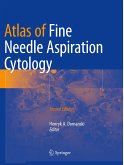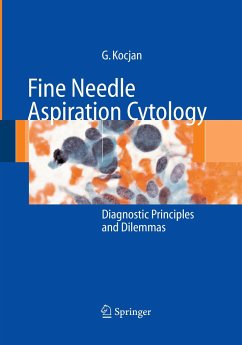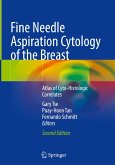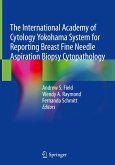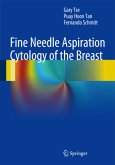This book covers all of the diagnostic areas where FNAC is used today. This includes palpable lesions and lesions sampled using various radiological methods, and correlations with ancillary examinations detailed on an entity-by-entity basis. As well as being a complete atlas of the facts and findings important to FNAC, this atlas is a guide to diagnostic methods that optimize health care. The interaction of the cytologist or cytopathologist with other specialists (radiologists, oncologists and surgeons) involved in the diagnosis and treatment of patients with suspicious mass lesions is emphasized and illustrated throughout.
With contributions from experts in the field internationally and abundant colour images Atlas of Fine Needle Aspiration Cytology provides a comprehensive and up-to-date guide to FNAC for pathologists, cytopathologists, radiologists, oncologists, surgeons and others involved in the diagnosis and treatment of patients with suspicious mass lesions.
With contributions from experts in the field internationally and abundant colour images Atlas of Fine Needle Aspiration Cytology provides a comprehensive and up-to-date guide to FNAC for pathologists, cytopathologists, radiologists, oncologists, surgeons and others involved in the diagnosis and treatment of patients with suspicious mass lesions.
From the reviews:
"The atlas and text on fine needle aspiration (FNA) cytopathology covers all major organ systems. ... It is intended to be used by pathologists/cytopathologists, cytotechnologists, cytopathology fellows, pathology residents, and other people involved in FNA diagnosis, such as radiologists and oncologists. ... Differential diagnoses are often summarized in tables, which makes the explanation of certain topic even more powerful. ... This can serve as a valuable starting point for the practice of FNA pathology." (Hongyan Dai, Doody's Book Reviews, April, 2014)
"The atlas and text on fine needle aspiration (FNA) cytopathology covers all major organ systems. ... It is intended to be used by pathologists/cytopathologists, cytotechnologists, cytopathology fellows, pathology residents, and other people involved in FNA diagnosis, such as radiologists and oncologists. ... Differential diagnoses are often summarized in tables, which makes the explanation of certain topic even more powerful. ... This can serve as a valuable starting point for the practice of FNA pathology." (Hongyan Dai, Doody's Book Reviews, April, 2014)

